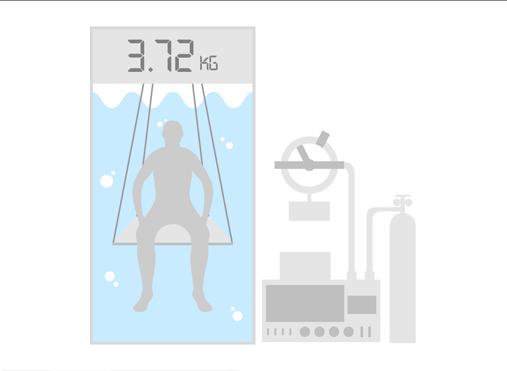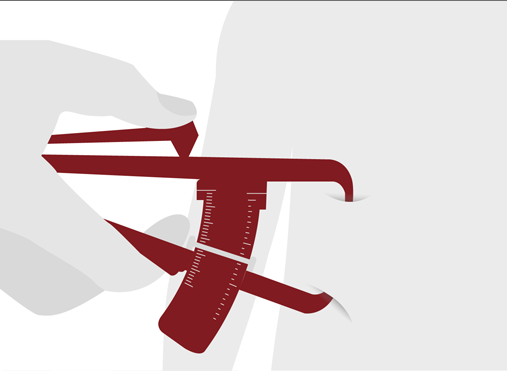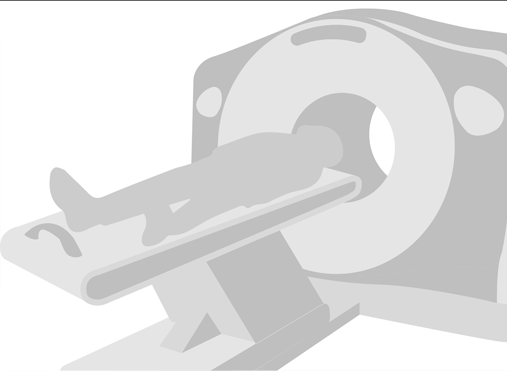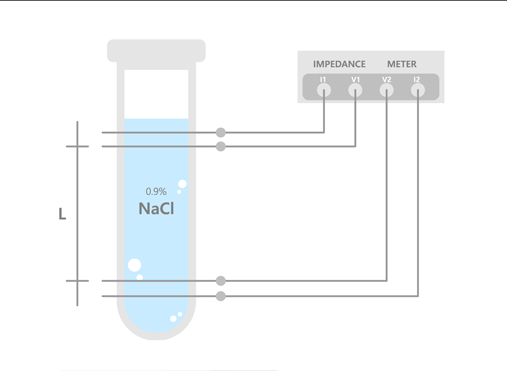Body composition is a method of describing what the body is made of. There are several ways to categorize the components making up the human body as shown in the following image. InBody utilizes the molecular method to quantify four body components of body water, protein, minerals, and body fat.
The proportion of body components differs according to gender, age, and individual characteristics, and is closely related to individual’s conditions. We can accurately identify whether
the body is swollen, whether the body is developing in balanced manner through body composition analysis.
-
Body water makes up the most out of the body components and is distributed throughout all the cells and body fluids in our body. Body water conveys nutrition, body waste, and serves as the main substance of blood, playing the pivotal role of biological route within the human body and mediating different chemical reactions.
-
Protein is a major component of body tissues such as bones, skin and hair as well as muscles. Protein deficiency may threaten health because the body does not function properly, and it can interrupt the growth of children.
-
Minerals are essential nutrients for maintaining life and health. Minerals make up different substances within the human body and regulate physiological phenomena. Lack of minerals can lead to risks such as poor growth and osteoporosis.
-
Body fat is one of the components that make up the human body and is a warehouse that stores energy. The amount of body fat may cause obesity and metabolic syndromes. Severe lack of body fat may cause a decrease in immunity level and imbalance in hormones, so it is important to maintain a proper level of body fat.
Methods of Body Composition Analysis
-
- Dual Energy X-ray Absorptiometry
- DEXA is an imaging method which distinguishes bone mineral content, lean and fat from the weight from the image obtained by emitting two different X-rays.
DEXA is the standard equipment for practical body composition analysis and has a high accuracy along with the underwater weighing method. While DEXA provides three body components of bone density, body fat, and muscle in each body part, it is costly and difficult to apply to children, women, and the elderly due to the risk of exposure to radiation.
-
- Underwater Weighting
- The underwater weighing method divides the human body into fat free mass and body fat mass, and is a method devised based on Archimedes' principle that the density of body fat (0.9g/cc) is lower than that of lean body (1.1g/cc). The underwater weighing method is a gold standard for body composition measurement, and accurate results can be obtained, but it is difficult to use outside of the laboratory because it requires a measurement facility, measurement is very difficult, and requires skilled experience of the subject.
-
- Skin Fold Measurement
- Caliper is one of the method of measuring body fat. Since the body fat is mainly located underneath the skin, the thickness of the subcutaneous fat is pinched from the epidermis and measured with a caliper. Based on the thickness of subcutaneous fat, the whole body fat mass is estimated. Although this method enables simple measurement with low cost, the reproducibility varies greatly depending on the skillfulness of the measurer and may not be accurate for people with varying body fat distribution in different parts of the body since the whole body fat mass is being estimated based on subcutaneous fat.
-
- CT
- A Computed Tomography scan or CT scan is a medical imaging technique used in radiology to create cross-sectional images of the body. Since body composition such as bones and muscles have different densities, the amount of radiation passed varies, and CT images are expressed as images representing the contrast by calculating the amount of variation in x-ray. This method is used to measure edema, tumor, or abdominal visceral fat area rather than measuring quantitative measurement of body composition. Although this is a standard method for internal structure imaging, it cannot be used for pregnant women due to high risk of radiation exposure, and the method should be refrained from being used for children and the elderly.
-
- BIA
- Bioelectrical impedance analysis is the method of calculating body water and body composition by sending an alternating current in the human body as the majority of human body is composed of water, and the electricity flows well. The degree of electricity passing through the human body – resistance – differs according to the amount of water.
- Although this method is non-invasive and convenient, the conventional BIA had a limitation. The conventional BIA could not measure trunk impedance separately which accounts for a large portion of the muscles with low impedance. InBody has overcome this limitation by developing a method of measuring the impedance for each segments of the body.








